Want To Avoid Replacing Your DPF?
Our diagnosis and 3-step engine carbon cleaning is your best option!
Don't Know Reg. Number Click Here!!

AutoMind, the Free AI Diagnostic Tool, explains your codes clearly — giving you confidence and clarity with any engine issue.
Just pay £4.95 p&p

Our diagnosis and 3-step engine carbon cleaning is your best option!
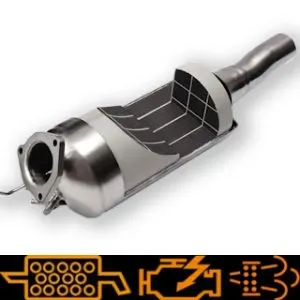
Why does a DPF get clogged? There are numerous reasons why a DPF may become saturated ranging from incorrect driving habits to failed components such as sensors and EGR valves that must work correctly for the DPF to regenerate (clean itself out). The biggest mistake we see with DPF issues is incorrect or lack of diagnosis and assumption that simply cleaning the filter will resolve the problem. Until a DPF issue is diagnosed there is no point cleaning the filter. We have a great wealth of knowledge and specialise in the diagnostics of DPF systems. Our diagnostics includes live data analysis and manual filter pressure testing.
If required how do we clean the filter? We use a 2-step chemical system that is pressurised in through the DPF pressure sensor pipe directly into the DPF. This means in the majority of instances there is no requirement to remove the DPF for cleaning.
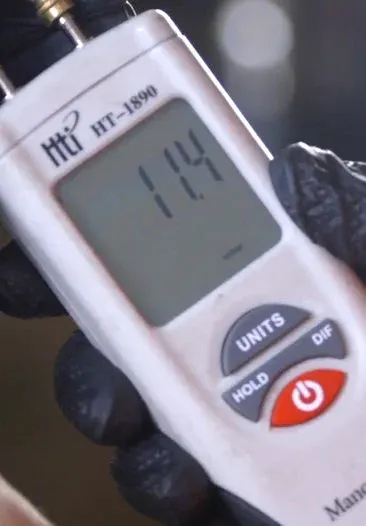
Step 1
The most important part of any DPF repair is to correctly diagnose the cause of a DPF fault. Our high level diagnosis is made using our leading DPF specialist experience and dealer level diagnostic tools to not only read fault codes but to also check and compare live data to manual data readings, including the pressure in the DPF so we can understand what has caused the problem. It is imperative a vehicle is correctly diagnosed in this manner. We will then discuss the results with you and the required service and/or replacement parts to get your vehicle back in a roadworthy condition.
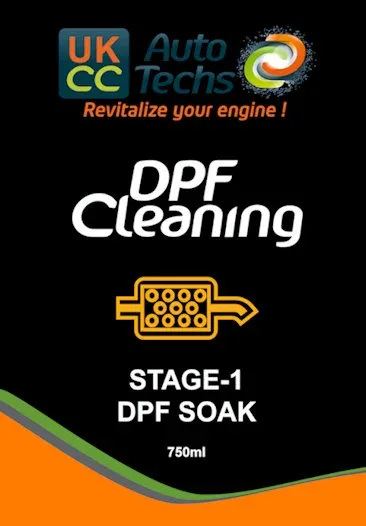
Step 2
Assuming that your vehicle's DPF requires a clean we shall inject our stage-1 DPF cleaning chemical into the filter and leave it to dwell before then clearing it out of the filter along with all the soot by running the engine. A 2nd stage chemical is then used to further flush the DPF and ensure all soot is removed from the filter.
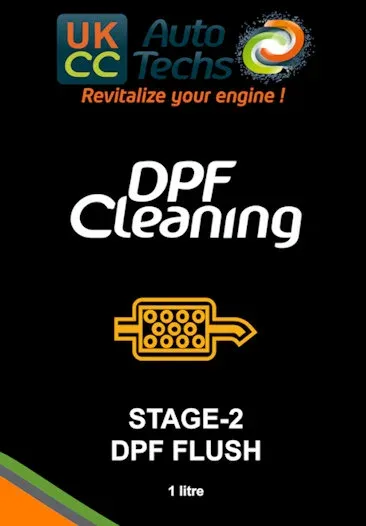
Step 3
Finally, your vehicle's DPF system and pressure are thoroughly checked again before any engine management warning dash lights and fault codes are removed from the vehicle computer. If necessary we then finish with a test drive and/or forced regeneration to ensure the vehicle is now in good health.

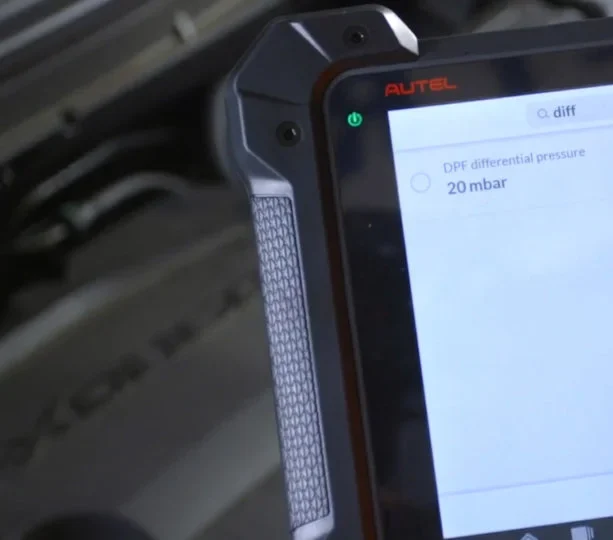
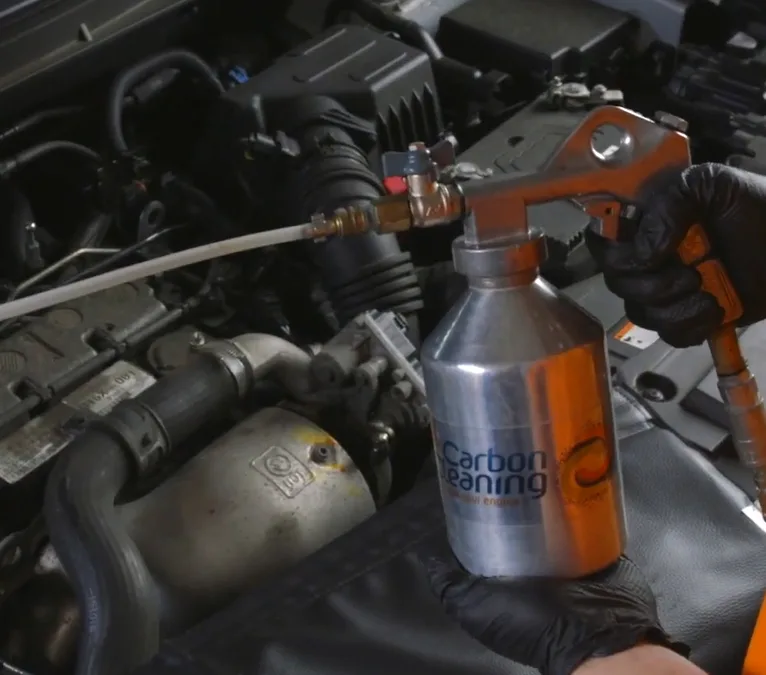
Read more
We will make live data DPF checks and attempt a forced regeneration process using our dealer level diagnostics equipment. For most vehicles this can be completed stationary however some do require being driven for the regeneration process. PLEASE NOTE: Forcing a DPF regeneration will only work correctly if there are no faults and the soot and ash figures are low enough to allow the process to complete safely. If you opt for this service over a proper DPF clean service we cannot be held responsible for the outcome.Price: £149.99
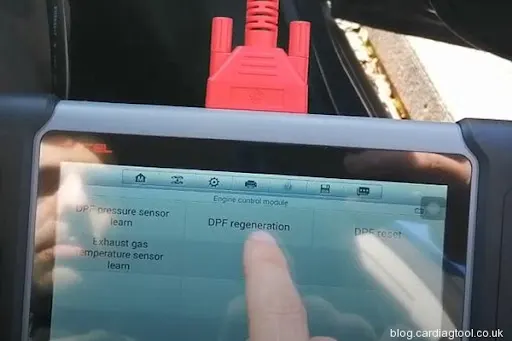
Read more
We will complete a full DPF system diagnosis including live and manual data checks. We will then compress our step-1 cleaning chemical directly into the DPF filter to dwell for a period for on average 30 minutes before flushing it out. Once the cleaning chemical is cleared out of the filter we will use 2 lots of our step-2 DPF flush chemical to flush all the soot from the filter and exhaust system. Finally we will complete another full diagnosis and if required a test drive / forced regeneration to ensure the vehicle is in good health.Price: £299.99

Read more
As per option 2 for the full DPF diagnosis and clean plus a full 3-stage carbon clean as preventative measure to ensure your engine components such as the EGR valve and turbo are clean and operating correctlyRecommended
Price: £389.99

 1
1
Ask for Payment Assist
When you make your booking ask to spread the cost via Payment Assist.
If you book online please ensure you call us in advance.
Unless pre-approved we require a minimum invoice value of £250 to take advantage of the Payment Assist service.
*The payment process is subject to approval by Payment Assist
 2
2
Processing your application with your technician on the day of the
service.
No credit check . Instead a high street
bank debit card is used to approve pre
payments is required.
PLEASE NOTE: Internet only banks such as Stirling Bank are presently not approved by Payment Assist.
*The payment process is subject to approval by Payment Assist
 3
3
Easy payment plan
Upon approval* your invoice is split into 3 equal payments .
The first payment is processed on the debit card immediately
and you are back on the road. The balance will be split
over 2 further monthly payments.
Example: Invoice value £390 divided by 3 = 3 x £130 payments NO INTEREST AND NO CHARGES.
*The payment process is subject to approval by Payment Assist

AutoMind helps you understand fault codes instantly in Plain English — so you'll know exactly what's happening before problems get worse.
Just pay £4.95 p&p
Depending on how heavily clogged the DPF is a full diagnosis and clean will take on average from 90 – 120 minutes.
The DPF is simply a filter, there are many reasons it can clog up. The most common myth is that it’s clogged because of driving only in the city and not on the motorway. Although this can be a cause there is more often than not an underlying fault that has caused the DPF to clog up. It is therefore imperative that a correct diagnosis is made and any faults are repaired that could impede the DPF system from working correctly. Assuming all faults are resolved then yes cleaning the DPF will resolve a DPF fault.
Emissions requirements for new vehicles require Particulate Filters to be fitted to the exhaust of diesel vehicles since the ‘Euro 5’ standards were enforced in 2009. Before this many vehicles also had a DPF fitted in anticipation of the change to regulations. This ‘Euro 5’ and beyond standards aim to deliver reductions of >80% in soot (diesel particulates). However, these filtration systems are not without problems causing DPF warning lights, engine limp mode safety activation, reduced efficiency/mpg and poor engine performance. The diesel particulate filter is mounted as part of the exhaust system. For the filter to operate correctly, it must regularly run a regeneration process to burn off the continuously accumulating soot. This process is completed by precisely regulating an increased temperature of the exhaust gas passing through the filter which then burns away the carbon deposits. To do so a sensor transmits data to an engine control unit that then calculates the precise requirement for post-injection fuel to increase the temperature during the regeneration phase. As with any filter, the DPF must be regularly emptied otherwise, over some time, it will start to clog up and will eventually become partially blocked. Passive regeneration of the DPF can only occur at fast speeds on a motorway or A-road so with all the local driving and short journeys for many vehicles, this process cannot occur often enough eventually leading to clogging of the DPF.
Just like manipulating any other part of the emissions system, it is illegal to remove / gut or change the DPF system in any way and carries a £1,000 fine for consumers or £2,500 for light-goods vehicles. So, yes it is an immediate MOT failure if caught doing so. Reference: https://www.gov.uk/government/publications/diesel-particulate-filters-guidance-note/diesel-particulate-filters Sanctions are a lot more serious for Heavy Goods Vehicles. Our advice is to diagnose correctly, resolve the cause of DPF issues and if required clean or worst case replace the DPF to stay legal, after all, if you don’t put you’ll still likely have an underlying fault that will almost certainly lead to other issues.
Other than the ash content issue explained below there are no risks with our service. However, our technicians are trained to the highest standards and we are fully insured. We also warranty our workmanship and any parts supplied for 3 months (90 days). There are two types of content that fill and clog a DPF – soot, and ash. Our system will clear the soot but not the ash content. Soot builds up quickly and generally gets cleared by the regeneration process (a passive system that burns the soot whilst driving under the right conditions), this is the most common issue. When the DPF system fails, be it a related component failure or driving related, then it will almost certainly be a build up of soot that clogs the DPF. Ash builds up and clogs the DPF over a far greater time and can only be removed by removing the DPF and sending it away. The only risk of our service is that if there is too much ash it will not fully clean. Due to this it is the first thing our technicians will attempt to check for during the diagnosis stage of a DPF clean service. In the unlikely case that it is obviously ash content that is the cause of a DPF issue we will advise not continue with our process.
Yes, our technicians are trained to the highest standards and we are fully insured. We also warranty our workmanship and any parts supplied for 3 months (90 days). What we cannot warranty is any failure to follow-up on advisories supplied during or at the end of our service. We also cannot, of course, be held accountable for any future component failings that could lead to a future failure of the DPF system. If you have been told by a garage or another supplier they will warranty their DPF work without explaining this be wary as the chances are they will refer to such failings only if you have an issue after you’ve used them. In our opinion, it’s best, to be honest, upfront and trustworthy.
Yes, we offer multi-service and multi-vehicle discounts.

AutoMind explains engine and other fault codes in Plain English — so when you have an engine fault, you'll know exactly what's going on.
Just pay £4.95 p&p
We use cookies to enhance your experience by tailoring content and improving functionality. By clicking 'I Agree,' you allow us to optimize your experience and provide personalized, seamless interactions. Learn More
